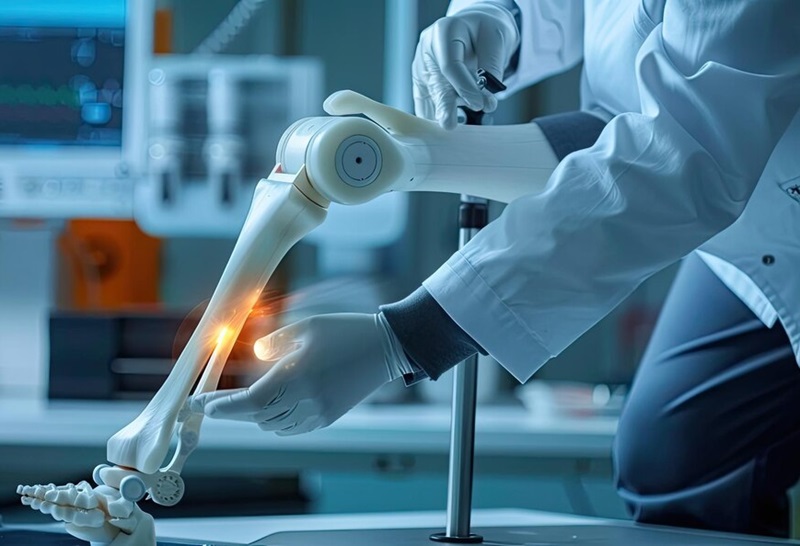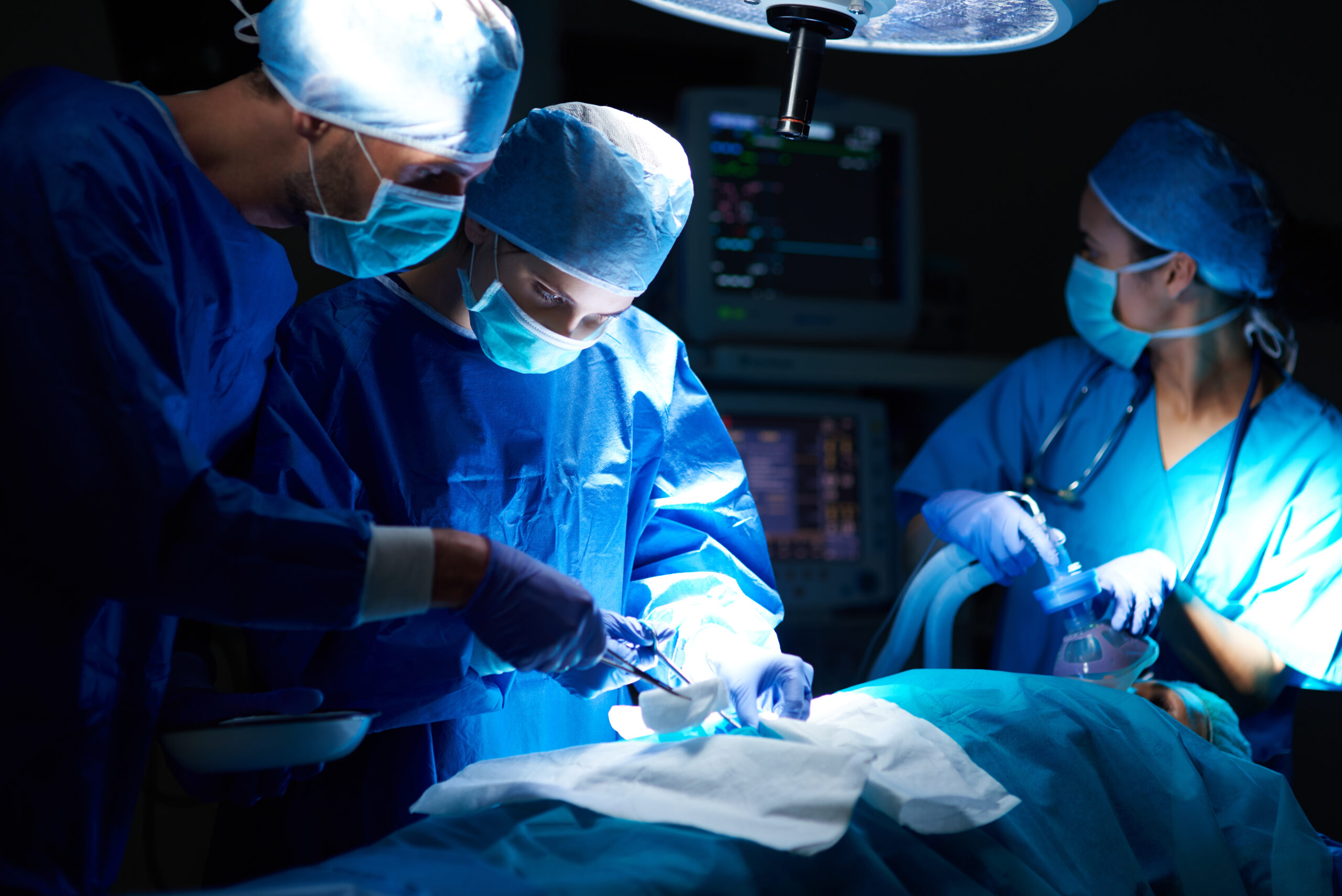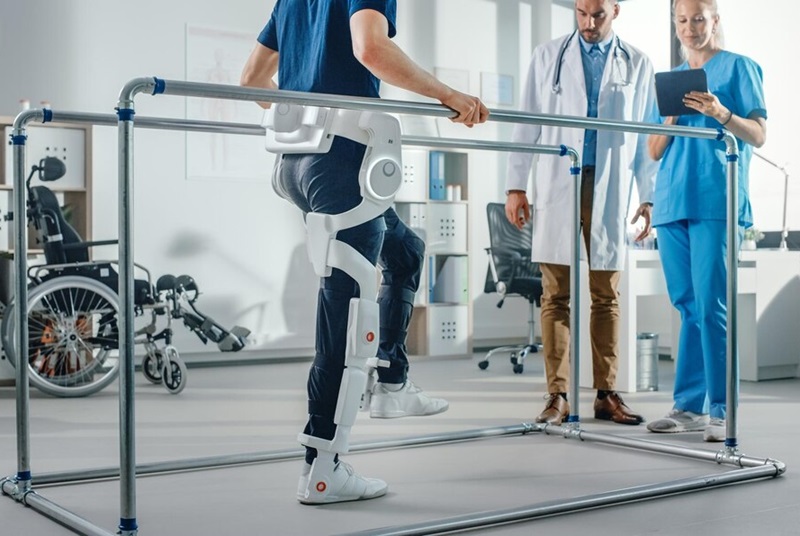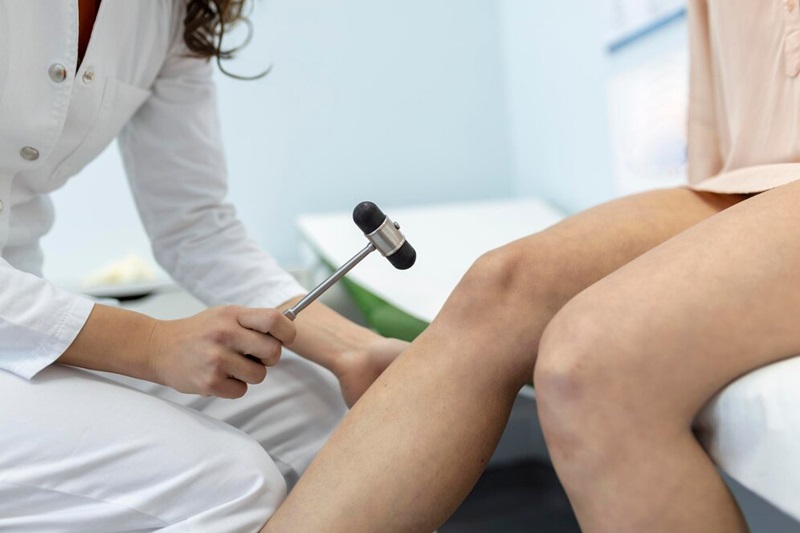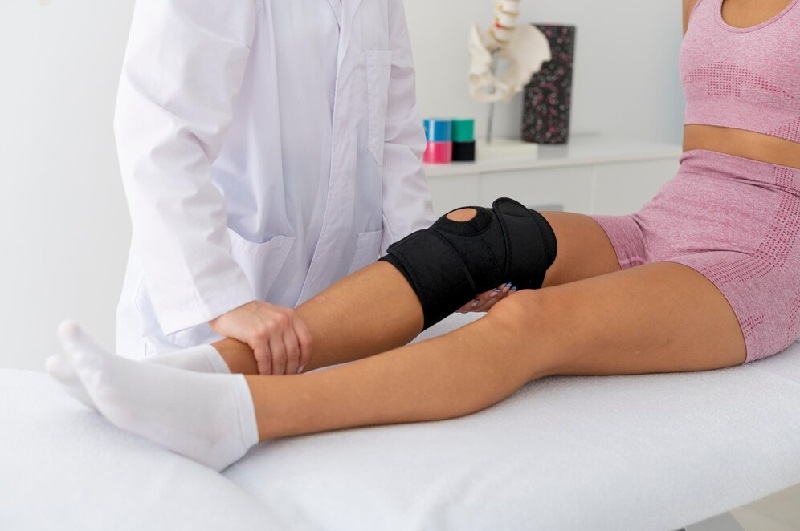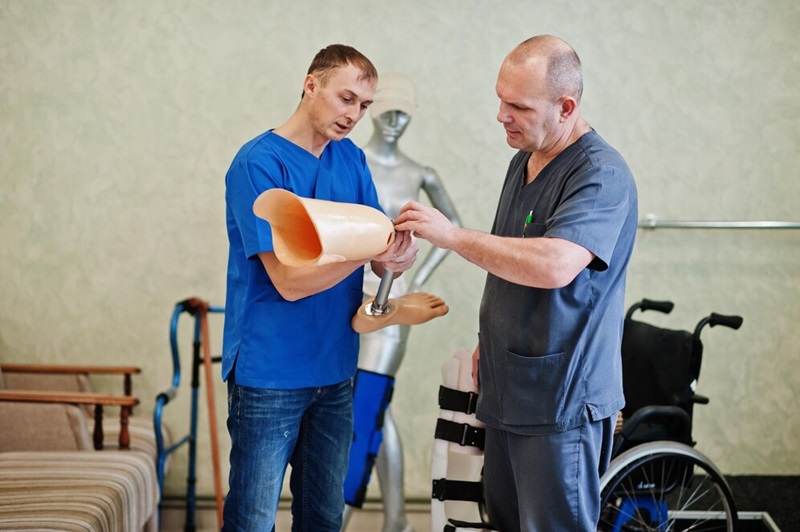Knee replacement surgery is a significant step towards regaining mobility and alleviating chronic knee pain. Whether you undergo a traditional procedure or opt for robotic knee replacement surgery in Mumbai, the road to recovery is crucial for achieving the best outcomes. One of the most vital components of this recovery process is physical therapy. Here’s how physical therapy plays a central role in the journey back to health and functionality.
Why is Physical Therapy Essential After Knee Replacement?
After undergoing knee replacement surgery, physical therapy is key to a successful recovery. This rehabilitation process helps in several ways:
- Restoring Mobility: Physical therapy focuses on exercises and techniques to restore range of motion in the knee. Following surgery, the knee can become stiff, and specific exercises help in regaining flexibility and movement.
- Strengthening Muscles: The muscles surrounding the knee, especially the quadriceps and hamstrings, need to be strengthened to support the new joint. Physical therapy includes strength-building exercises that enhance muscle function and support.
- Reducing Pain and Swelling: Targeted physical therapy techniques, such as ice therapy and elevation exercises, can help reduce pain and swelling. This alleviates discomfort and aids in the overall recovery process.
- Improving Balance and Stability: After knee replacement surgery, balance and stability may be compromised. Physical therapists use various balance exercises to help patients regain their confidence and prevent falls.
- Facilitating Faster Recovery: Engaging in a structured physical therapy program can lead to quicker recovery times. By following a tailored exercise regimen, patients often experience a faster return to daily activities and improved overall function.
Integrating Physical Therapy with Modern Surgical Techniques
When undergoing knee replacement surgery, whether it’s performed by a knee replacement surgeon in Mumbai or involves robotic knee replacement surgery in Mumbai, physical therapy complements the surgical approach:
- Robotic Knee Replacement Surgery: This advanced procedure offers greater precision in aligning the prosthetic components. Post-surgery, physical therapy helps maximize the benefits of this precise alignment by focusing on exercises that enhance joint function and support the new knee.
- Traditional Knee Replacement Surgery: Even with traditional methods, physical therapy remains crucial. It aids in adjusting to the new joint, managing pain, and ensuring that the prosthetic functions effectively in daily life.
What to Expect in a Physical Therapy Program
A typical physical therapy program for knee replacement recovery includes:
- Initial Assessment: The physical therapist will evaluate your current condition, including pain levels, range of motion, and muscle strength. This assessment helps in designing a personalized therapy plan.
- Customized Exercise Regimen: Exercises will be tailored to your specific needs, focusing on gentle stretches, strengthening exercises, and functional movements. As recovery progresses, the intensity and complexity of exercises will increase.
- Manual Therapy: Techniques such as joint mobilization and soft tissue massage may be used to alleviate stiffness and improve joint function.
- Education and Guidance: Physical therapists provide valuable education on proper movement techniques, activity modifications, and strategies for managing pain and swelling at home.
- Progress Monitoring: Regular evaluations track your progress and adjust the therapy plan as needed to ensure optimal recovery.
Choosing the Right Physical Therapist
Selecting a skilled physical therapist is essential for effective rehabilitation. Look for professionals who have experience working with knee replacement patients and are familiar with the latest techniques and technologies. If you’re undergoing robotic knee replacement surgery in Mumbai, it can be beneficial to work with therapists who are experienced in post-robotic surgery rehabilitation.
Conclusion
Physical therapy is a cornerstone of recovery following knee replacement surgery. Whether you have surgery performed by a knee replacement surgeon in Mumbai or opt for the advanced robotic knee replacement surgery in Mumbai, engaging in a comprehensive physical therapy program is crucial for restoring function, reducing pain, and achieving the best possible outcomes. By committing to a tailored rehabilitation plan, patients can look forward to a smoother recovery and a more active, pain-free life.
FAQs
What are the primary goals of physical therapy for knee replacement patients?
The main goals of physical therapy for knee replacement patients are to regain knee mobility, build muscle strength, manage pain and swelling, enhance balance and stability, and facilitate a quicker return to daily activities.
How soon after knee replacement surgery should I start physical therapy?
Physical therapy usually begins within a few days after knee replacement surgery, often while you’re still in the hospital. Early initiation helps in managing pain and stiffness, setting a foundation for a smoother recovery.
What types of exercises are typically included in a physical therapy program for knee replacement?
A physical therapy program for knee replacement may include gentle range-of-motion exercises, strengthening exercises for the quadriceps and hamstrings, balance and stability exercises, and functional movements to simulate daily activities.
What should I expect during my first physical therapy session after knee replacement surgery?
During your first physical therapy session, the therapist will assess your condition, including pain levels, range of motion, and muscle strength. They will then create a personalized exercise plan and begin guiding you through the initial exercises.




